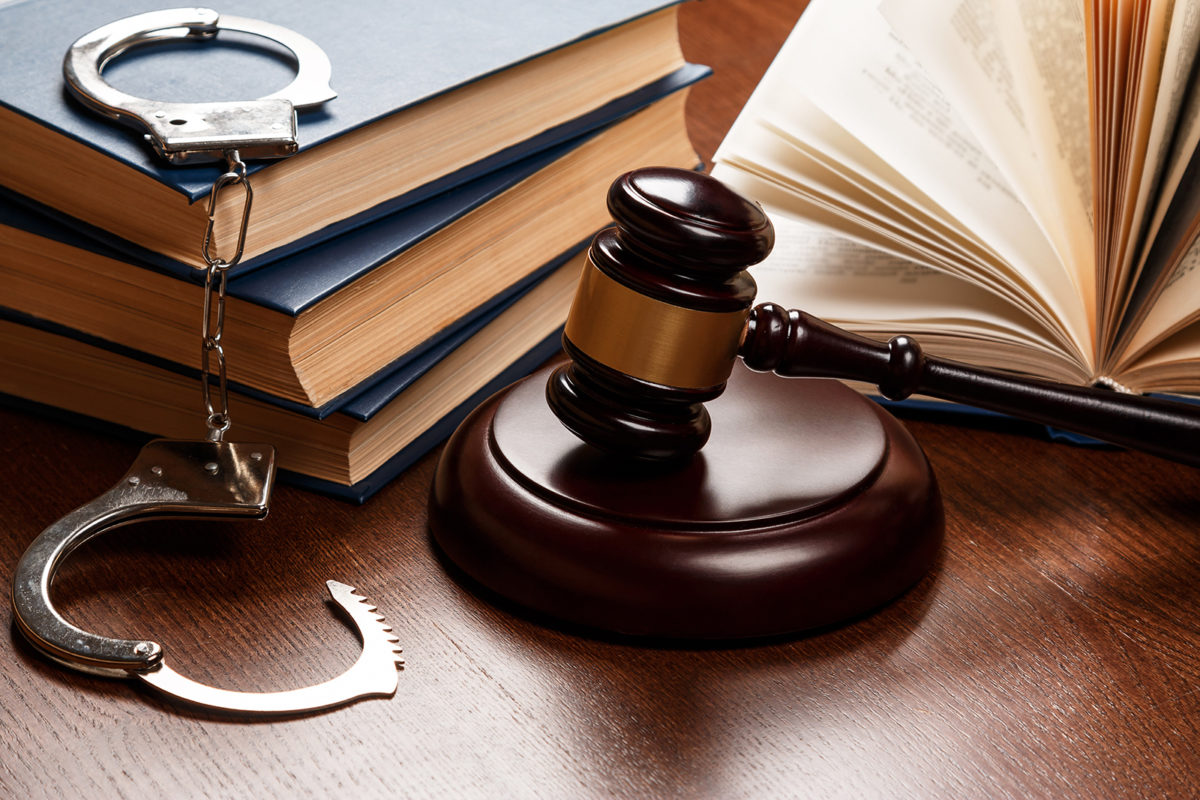Photos are a great way to create memories and capture the important moments of our life, they help to notice our routine and make it count. Some of us take photos for posting them on social networking sites and saving on memory cards; some still prefer the traditional way of saving the images – printing. Whatever your choice – photos need to be prepared before further proceeding.
Table of Contents
Calibrate the monitor
Any type of photo preparation should start with monitor calibration, as it’s the only way to see the real picture. It is usually done with a spectrometer and calibration software, which balance and correct the colors.
A calibration is a vital option for those who work with images, otherwise, everything looks different on other devices. The older the monitor is, the more often you need to calibrate it.
Choose photo editors
Having done the calibration, the next step to consider – the photo editor’s selection, as they make the other vital component for photo preparation. They offer the tools for size and color regulations, depending on the aim – either printing or online usage.
Photo editors come in different sizes, and payments depending on their functions. Typically you have an in-built editor on the computer or the smartphone, or you can use a third-party app, which is typically more efficient due to extended functions.
Let’s say, you are planning a menu or a price list for your restaurant. A proper photo editor, like VistaCreate, will offer you various templates with lots of customizable options so that you could create exactly what you wanted.
Characteristics to change
DPI vs Pixels
DPI or dots per inch impacts the print resolution, as the higher the number, the more detailed image is when printing. The optimal number for printing is 300 dpi; if you go lower than that for large prints, the photos will lose details. Images with text shouldn’t go below 400 dpi at the final size, as they need more sharpness.
Remember, by enlarging the photo, you lower the resolution – 2×2” images with 300 dpi – perfect proportion; the same photo with 4×4” will have 150 dpi, which is a dramatic loss of the quality of the final image.
Regarding social networking sites, DPI doesn’t matter in the slightest, unlike pixels, which regulate the dimensions of the image. It’s important to read the guideline of the websites, to choose the proper number. For example:
Facebook:
Photo posts – upload size: 1200×630 pixels;
Cover page – 800 x 312 pixels for standard pages; 1920×1080 pixels for event pages.
Instagram:
Photo posts – upload size: 110 x 110 pixels;
Shared photos – 1080 x 1080 pixels (Instagram will scale these down to 612×612 pixels);
Stories – Upload size: 1080 x 1920 pixels.
Twitter:
Profile photo: Square image, 400 x 400 pixels with a maximum file size of 100 KB,
Header image: 1500 x 500 pixels with a maximum file size of 10 MB,
Photos in posts: 1024 x 512 pixels, maximum file size of 5 MB for photos.
LinkedIn:
Personal Profile Image: between 400 x 400 pixels up to 20,000 x 20,000 pixels,
Personal Background Image: 1584 x 396 pixels, up to 4 MB in size,
Company Logo Image: 300 x 300 pixels, up to 4 MB.
Cropping
First of all, check the horizon, according to the gridlines, you don’t need a photo with a wonky central line. When the horizon is set straight, check attentively if there are any distracting elements, or if the composition needs to shift to the left or to the right, so you can reposition the frame slightly.
Balance-of-white adjustment
White balance is a bit tricky, as we tend to percept the colors logically, we just know that white is white, and don’t notice that its cold or warm shades change the way the colors are seen. The majority of photo editors will offer the modes like ‘daylight’, ‘sunny day’, ‘snow’, ‘cloudy’, etc., that will help to calibrate the colors according to the lighting conditions
Exposure and Contrast
Exposure is responsible for the brightness or the darkness of the photo. The balanced numbers work best, as too much light will flood the image leaving no space for details; too much darkness will create noise.
Contrast stands for the range of light to dark tones. If the contrast is too high, everything will be either dark or bright. When it’s low, the image is flat and lifeless, everything loses its color and vibrancy. As a rule, the average level will be just perfect, depending on your vision and other settings.
Sharpening
The final stage will make the photo look crispier, outlining every detail. The scale of sharpening is from 0 to 100. Start in the middle, and go to a lower and higher number to notice the changes. Typically, 50 percent will do fine, yet it depends on your vision.
There is nothing more rewarding than seeing the results of your work. Photo printing or posting online are great ways to show your vision of the world to people. By following the above-mentioned steps, you will reach the perfection of the final image.






